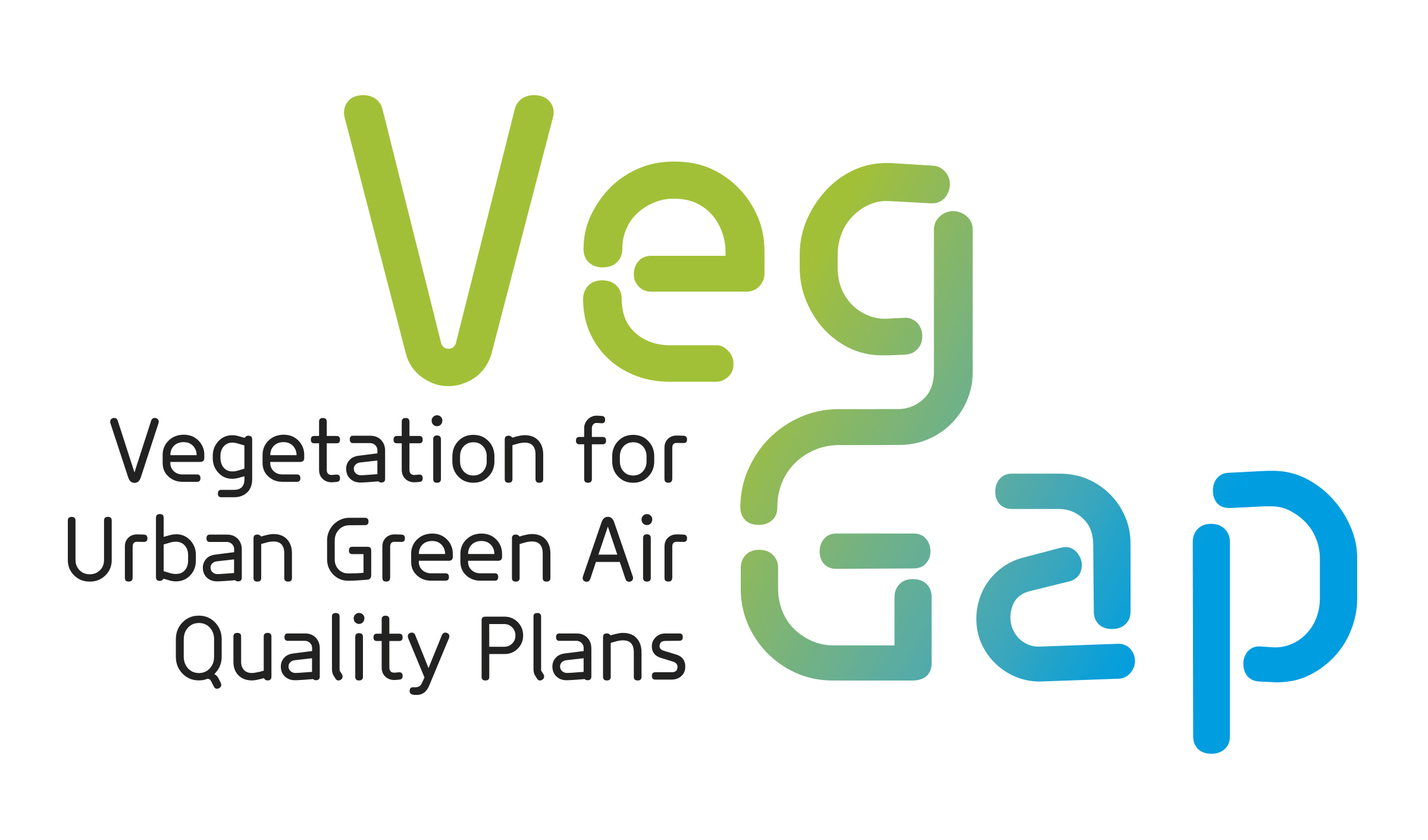Medellin,
the second town in Colombia with its 2.5 million residents, is mostly known for
the homonymous drug cartel which affected the metropolis and its inhabitants
for a long time. Now much has changed and Medellin has become an example to
follow in an area that, until recently, no one could have imagined.
Heart of most administrative offices in the South American country, surrounded by mountains and crossed by the River Aburrà, the city has a limited room to expand and there are often problems in carrying out public works, trying at the same time to protect the local ecosystems which shelter the wildlife and endemic species, some of which are threatened. Until a few years ago every inhabitant of Medellin had just 3.6 square meters of public space available in parks, squares and green areas. A figure far below the recommendations of the World Health Organization, which recommends at least 10-15 square meters per head of population.
This figure is what triggered the “revolution” of Medellin. Thus, the plantation of 800,000 trees and the creation of 30 “green corridors” have been launched, in order to improve the quality and quantity of urban green, but also to combat the effects of climate change and heat islands. The solution adopted by the Colombian city, which is involved in the European project URBAN GreenUP, is relatively simple and cost-effective: plants are a highly complex infrastructure, but they don’t request large investments in technology and expertise in order to be settled in place and managed.
The City has focused on the “Green Corridors” project, a solution that has been defined by the International Union for Conservation of Nature (IUCN) as “actions for protecting, managing and restoring natural or modified ecosystems in a sustainable way, to effectively and adaptively address societal challenges, providing at the same time human well-being and benefits to biodiversity.” “Green Corridors” project was rewarded at the Ashden Awards 2019, in the section Cooling by Nature.
In a note
diffused by the United Nations, the mayor of Medellin Federico Guitérrez
explained that the tree-planting has focused on those urban areas that were
still lacking in green spaces. First results are already evident and certified:
temperature in the city has decreased by an average of two degrees and this
change is already perceptible for citizens. In this way, the use of air
conditioner has decreased too, with less electricity consumption and less
greenhouse gas emission. Corridors also ensure shade for pedestrians and
cyclists, in addition to cleaning air in the busiest streets. Last but not
least is the aesthetic and functional requalification of neighborhoods, thanks
to the introduction of parks and green areas. The result monitoring will
continue over time in order to verify the long-term effects of the project.


